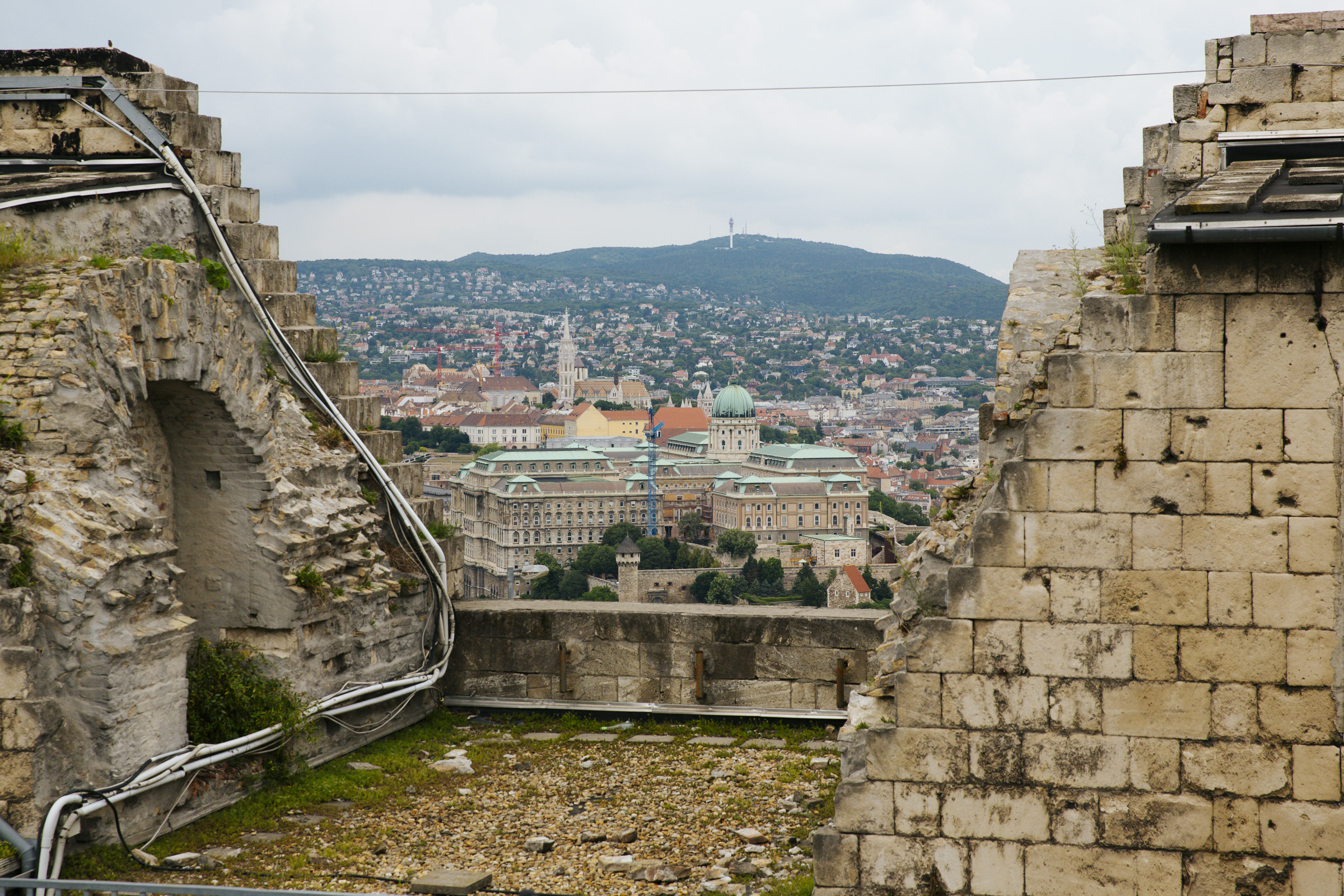It’s quite possible that there’s no other place in Budapest with as many different plans and concepts interwoven within its history as Citadella. From ‘The Greatest Hungarian’, István Széchenyi of Chain Bridge fame, to ordinary citizens, locals have been deeply invested in the fate of this emblematic fortress atop Gellért Hill, for what seems like an eternity.
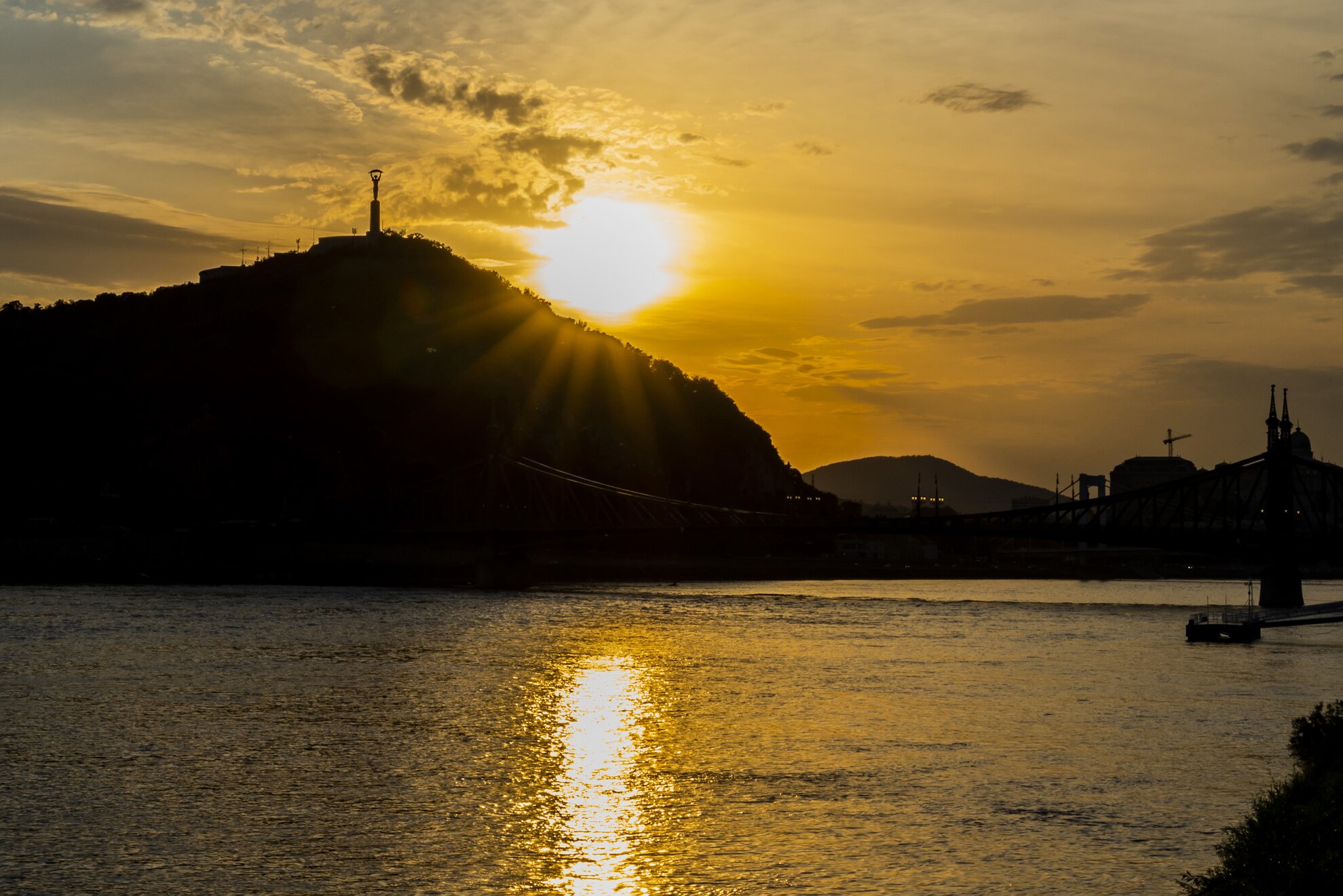
Here you find echoes of the disco era of the ’90s, Habsburg military precision, old hotel rooms that featured former cannon holders and hundred-year old graffiti on yard stones, signed by soldiers who once served here. Some of the more recent ideas concerning the future of Citadella have been quite surreal, including plans to establish a Millennium Disneyland, a Holy Crown of Hungary lookout or, remarkably, panoramic baths – however far-fetched, the ever-emerging concepts prove the citadel’s relevance and importance in the national psyche.
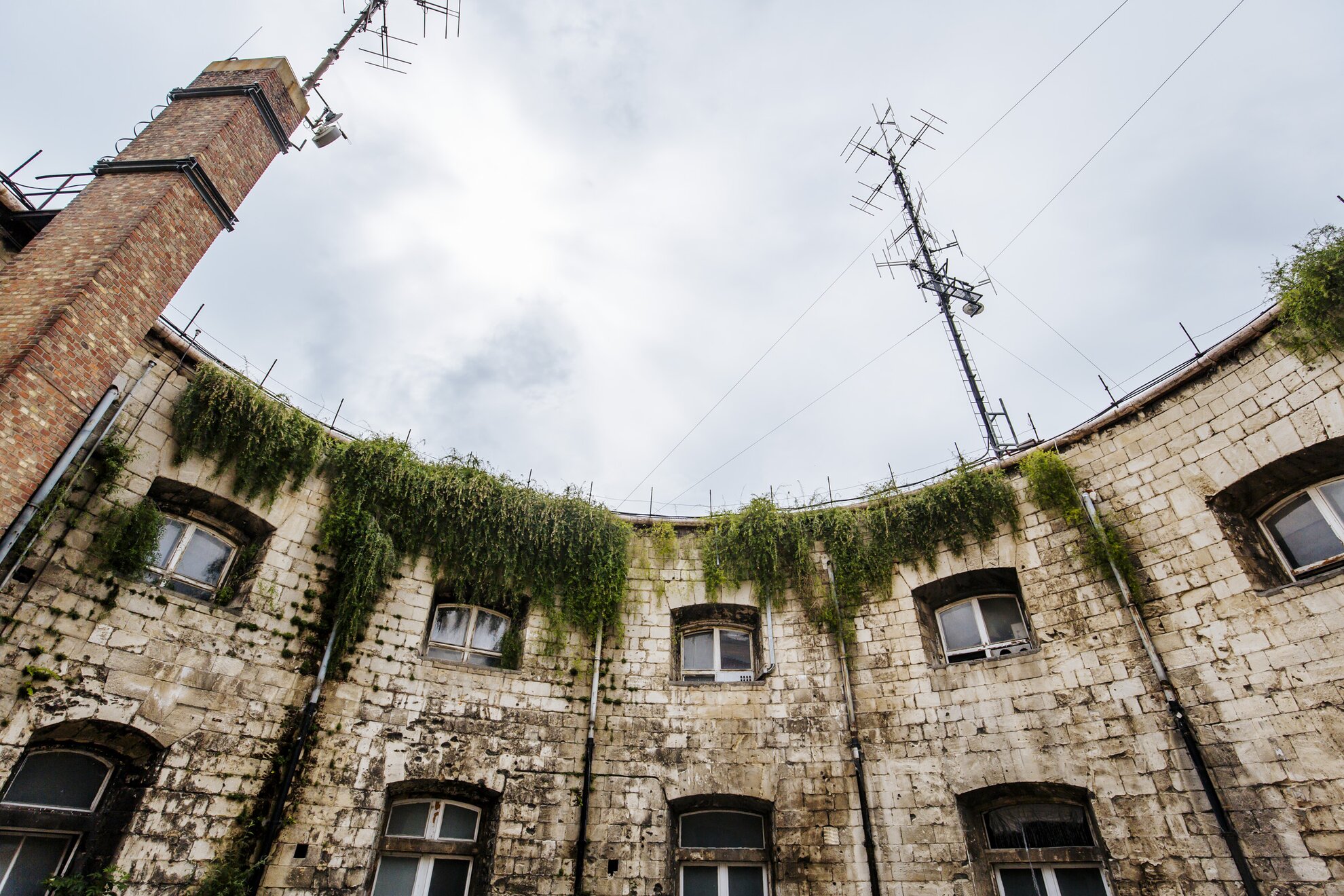
The majority of the plans have been connected to specific, centuries-old traditions competing with each other throughout history. This hill 235 metres high in the heart of the city was seen as the perfect location for a military base, but it was also ideal for a scientific centre, a national memorial venue, and was often the subject of various tourist development strategies.
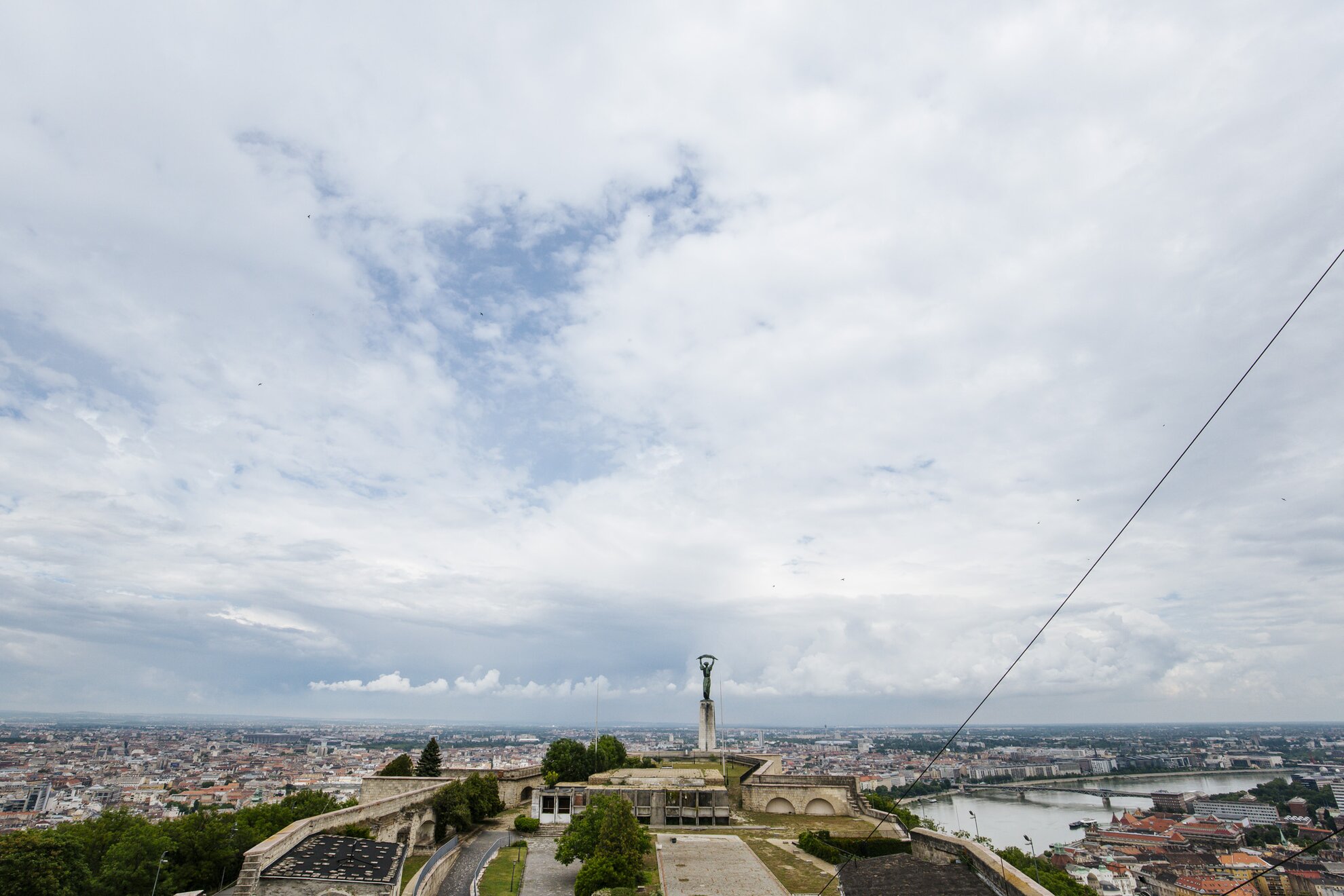
Its sacred past is clear even for those who have no in-depth knowledge about its history, as the hill bears the name of Szent Gellért, the Venetian martyr killed by Hungarian pagans here in the 11th century. This was a pilgrimage site during Hungary’s Ottoman occupation as well, with a Calvary added to its peak after the recapture of Buda from the Turks, as observed on numerous drawings from the period. The military significance of the hill is also extensive – archaeological excavations from the 1960s and ’70s show a fort standing here in ancient times, even before the Roman conquest.
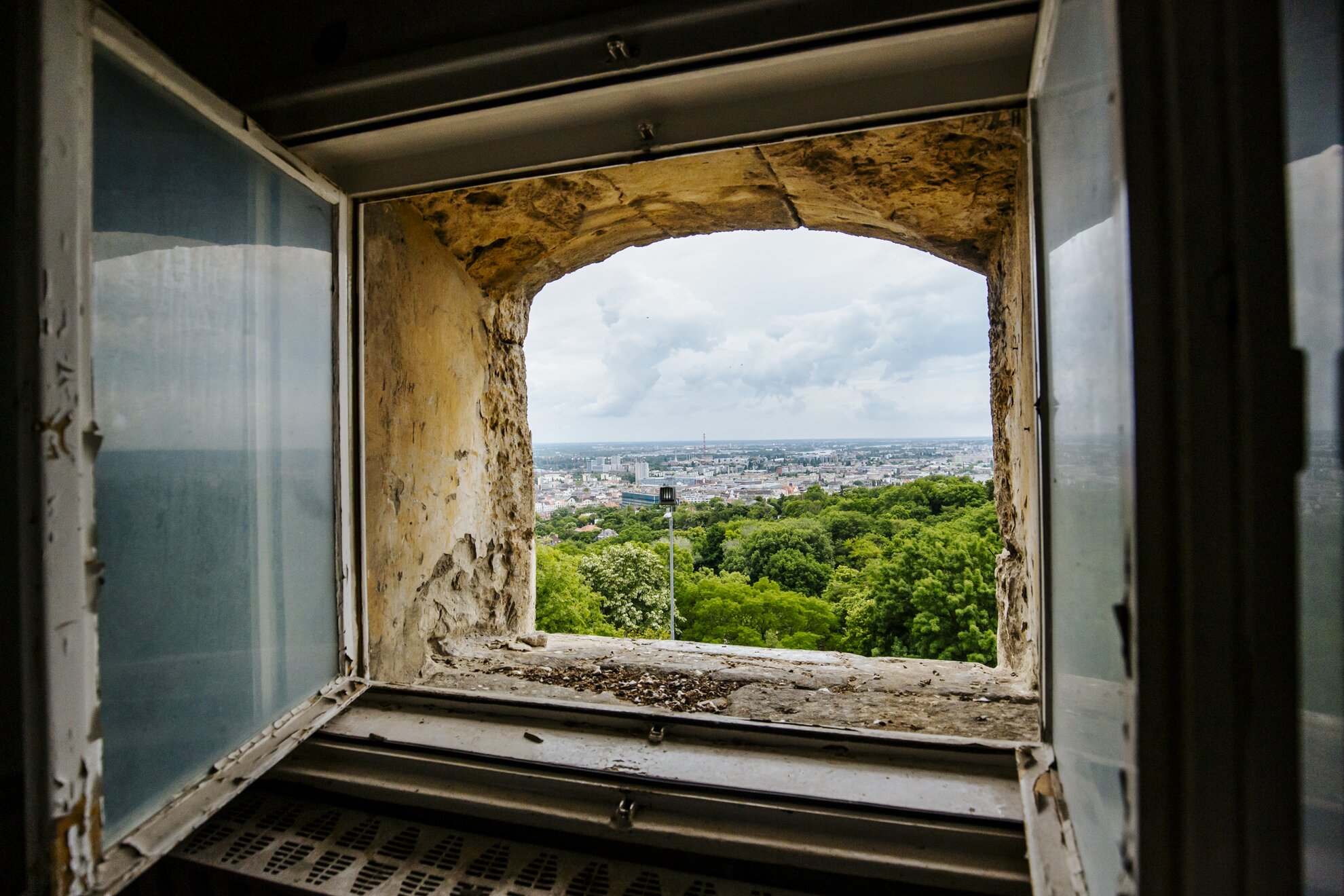
The hill offers an excellent view of the entire the Pest side, with an eye on the Buda hills, the Danube and its islands. No wonder that the strategic benefits of the hill have been used by army leaders while later developments in military technology also allowed for setting up cannon batteries at the site.
After Buda’s siege and occupation by the Ottomans in 1542, a wooden building was constructed on the hilltop to serve both military and religious purposes – some think that this is the origin of the other name of the hill, Blocksberg. During the city’s recapture in 1686, artillery officer Péter Gábor, nicknamed Tüzes Gábor (‘Fiery Gábor’), could target Buda Castle from cannons set up here.
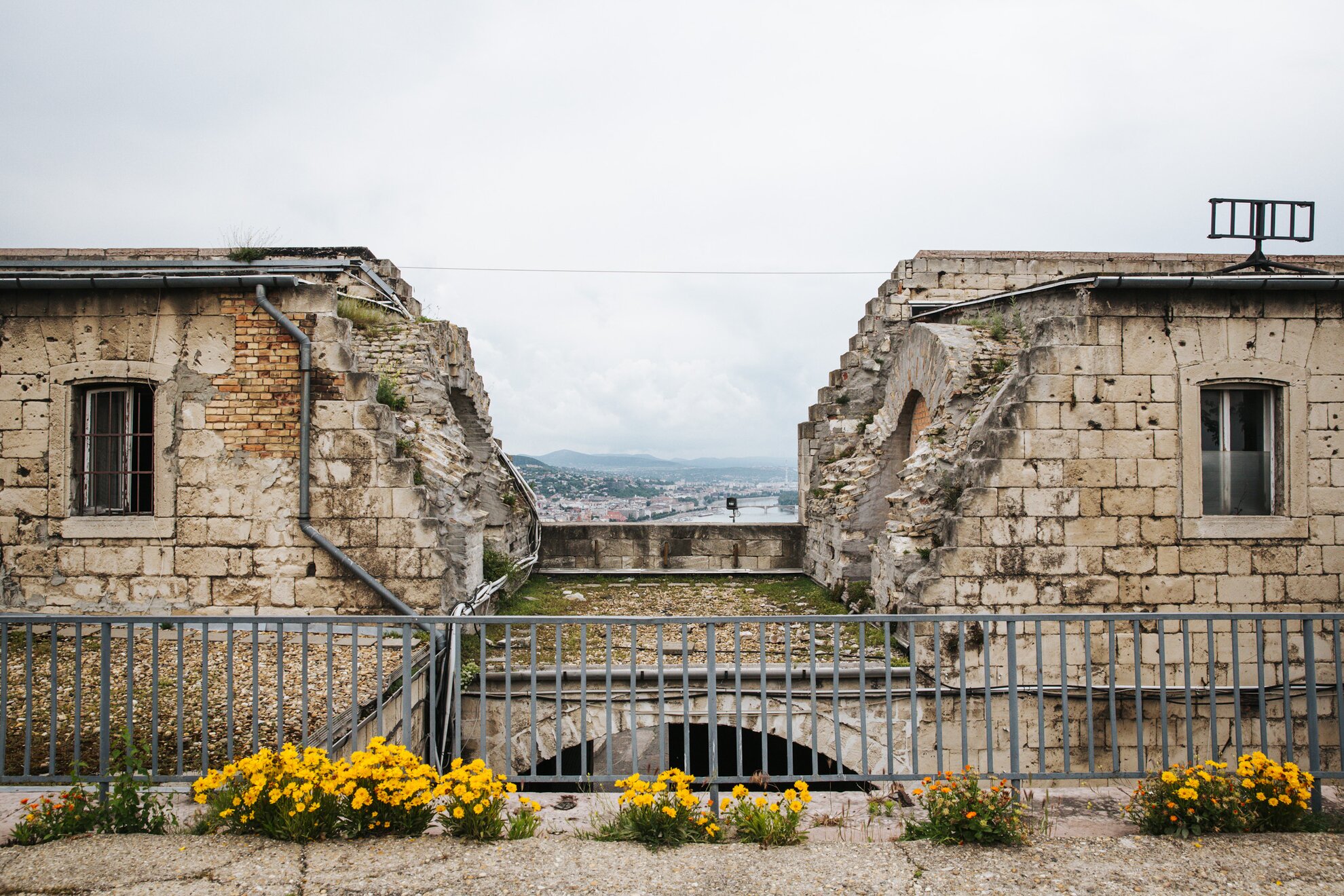
In 1849, the military leader of the Hungarian Revolutionary Army, Artúr Görgei, also put siege guns on the hill in order to fire at the castle. Despite this having been a brilliant strategic move at the time, it also meant the end of the Uraniae Observatory, which had been standing at the site since 1815.
On 11 July 1849, following the putdown of the uprising, Habsburg imperial troops marched into Buda. In the same year, Julius Jacob von Haynau, the Austrian general responsible for Hungary, made the decision to create a nationwide fortification system, in order to combat forces from outside, and – considering the possibility of future uprisings – within the Monarchy. This task was given to Austrian military engineer Emmanuel Zitta, who dreamed up a fortification system to be established on high points in the country, taking inspiration from the then exalted citadel architecture.
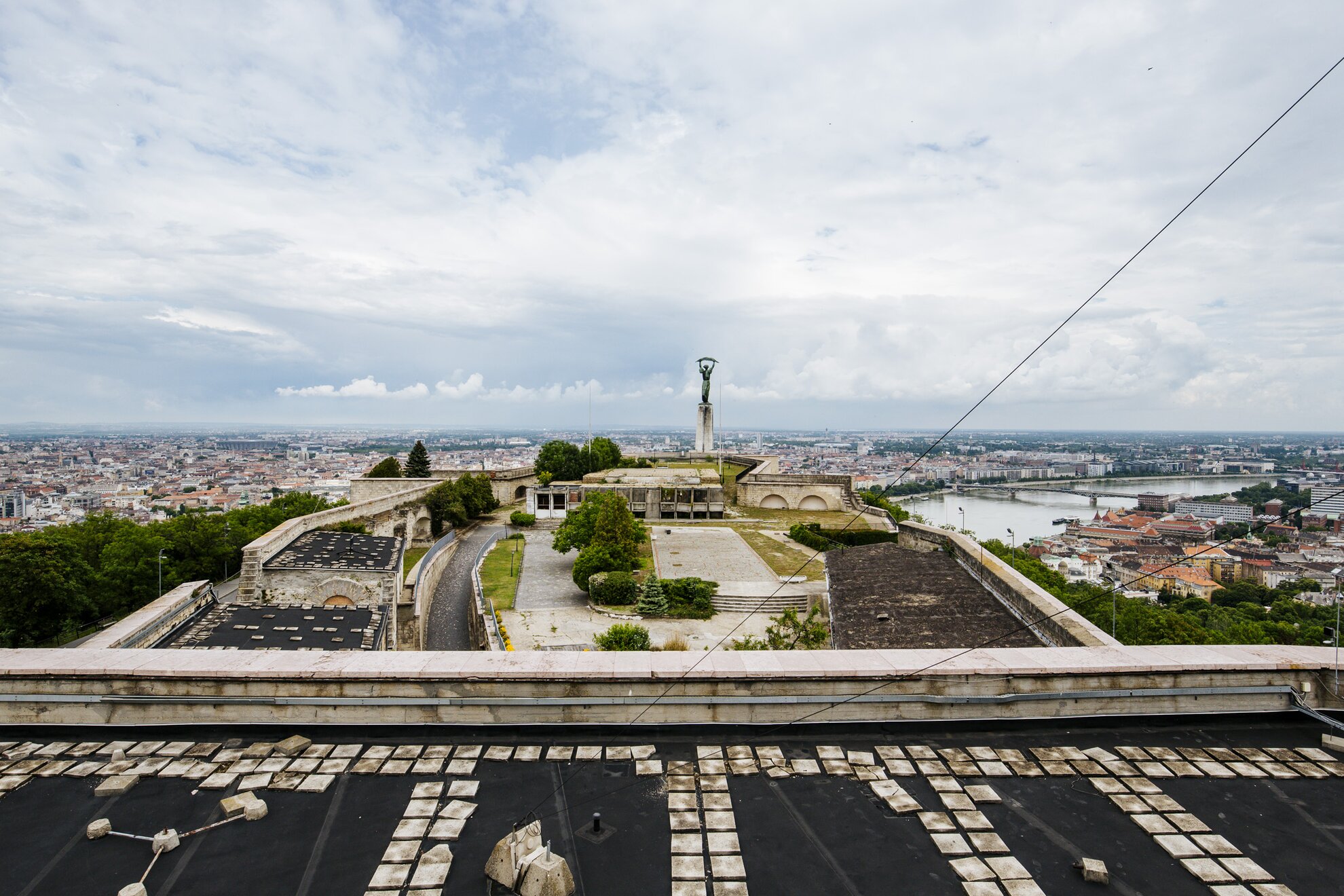
The first steps in planning of the construction began as soon as 1850. The favoured architect for designing Citadella was Scottish engineer Adam Clark, already famous for completing the Chain Bridge, but his conditions pushed the authorities in another direction, and operations were overseen by renowned classical architect Mátyás Zitterbarth. The construction of the Citadella was not welcomed by the citizens, who saw this as the embodiment of Habsburg power.
Széchenyi’s pantheon
To further increase the outrage, it was designed in the place where Széchenyi, who was one of the most important figures of the revolution, had imagined a Hungarian pantheon in his far-reaching book, Üdvlelde. This idea has recently revived during current discussions about Citadella’s fate.
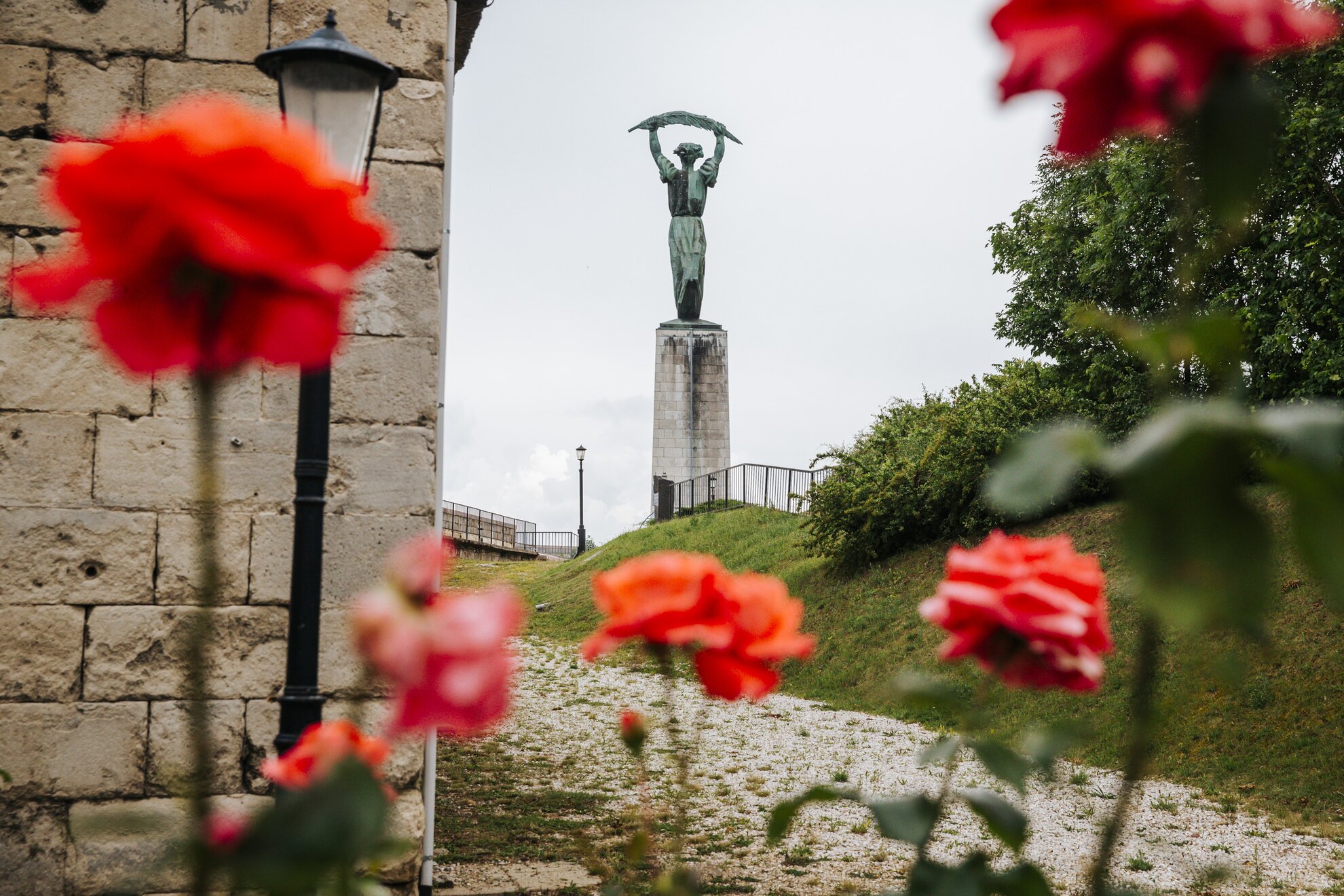
Completed by 1854, the ‘Hungarian Bastille’ stretches out for 220 metres and is on average 12-16 metres tall, with a four-metre stone wall protecting it, and a floor plan that follows the shape of the hill’s surface. The main compartments of Citadella include the eastern lower fortress standing behind the Statue of Lady Liberty (a later addition), the semi-circular western rondella on the other side, as well as semi-enclosed bunkers between them. The castle walls hide fortified cannon chambers facing Sas hill, and an artificially created shooting hill beneath the large barracks. We should note that the fortress was already militarily outdated in its own time.
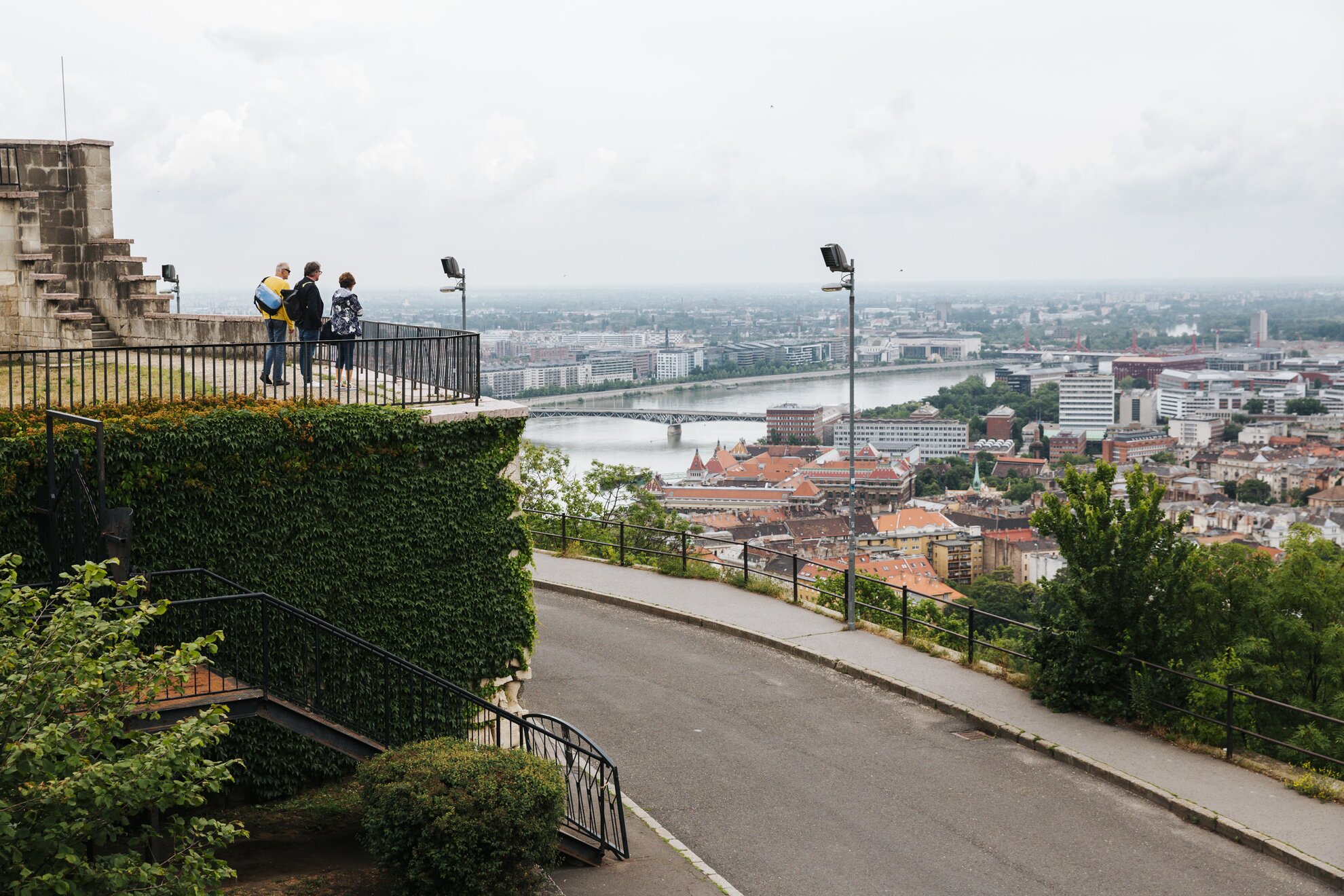
Altogether, there were 60 cannons pointing out from Citadella, and locals soon realised that it was more designed to keep them in control, rather than to protect the city itself. According to urban legend of the day, every cannon had a specific name based according to its direction and what it was set up to destroy in the event of any future uprising. Some believed that every notable building and institution in Budapest had a cannon pointed at it, including Parliament.
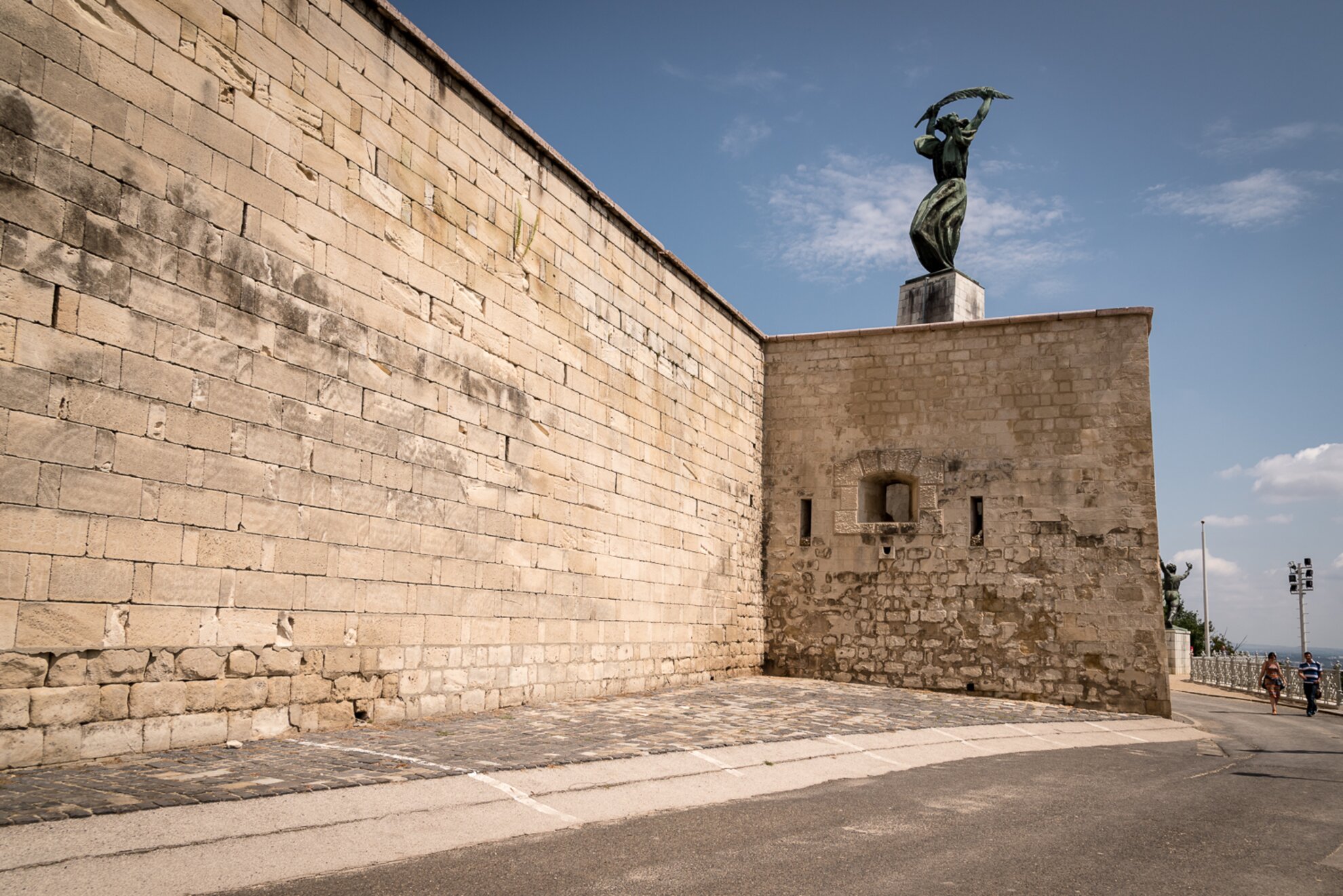
The building lost its relevance after the Austro-Hungarian Compromise of 1867, and many asked for it to be demolished. The last soldier left its premises in 1897, and the fortress was refurbished in 1899 with symbolic changes that can still be perceived today.
The Hungarian Acropolis
The notion of a pantheon resurfaced with a nationwide design contest in 1871. Later, this location was also regarded as an alternative for Hungary’s millennium celebrations of 1896, with Gyula Kolbenheyer and Sándor Straub dreaming up a fairytale castle to be built on the hill for the occasion. Other curious ideas included the establishment of a Gellért Hill Acropolis, an electrically lit, colossal Hungária statue, recreating the former palace of Hungarian king Mátyás, or the statue of Attila the Hun.
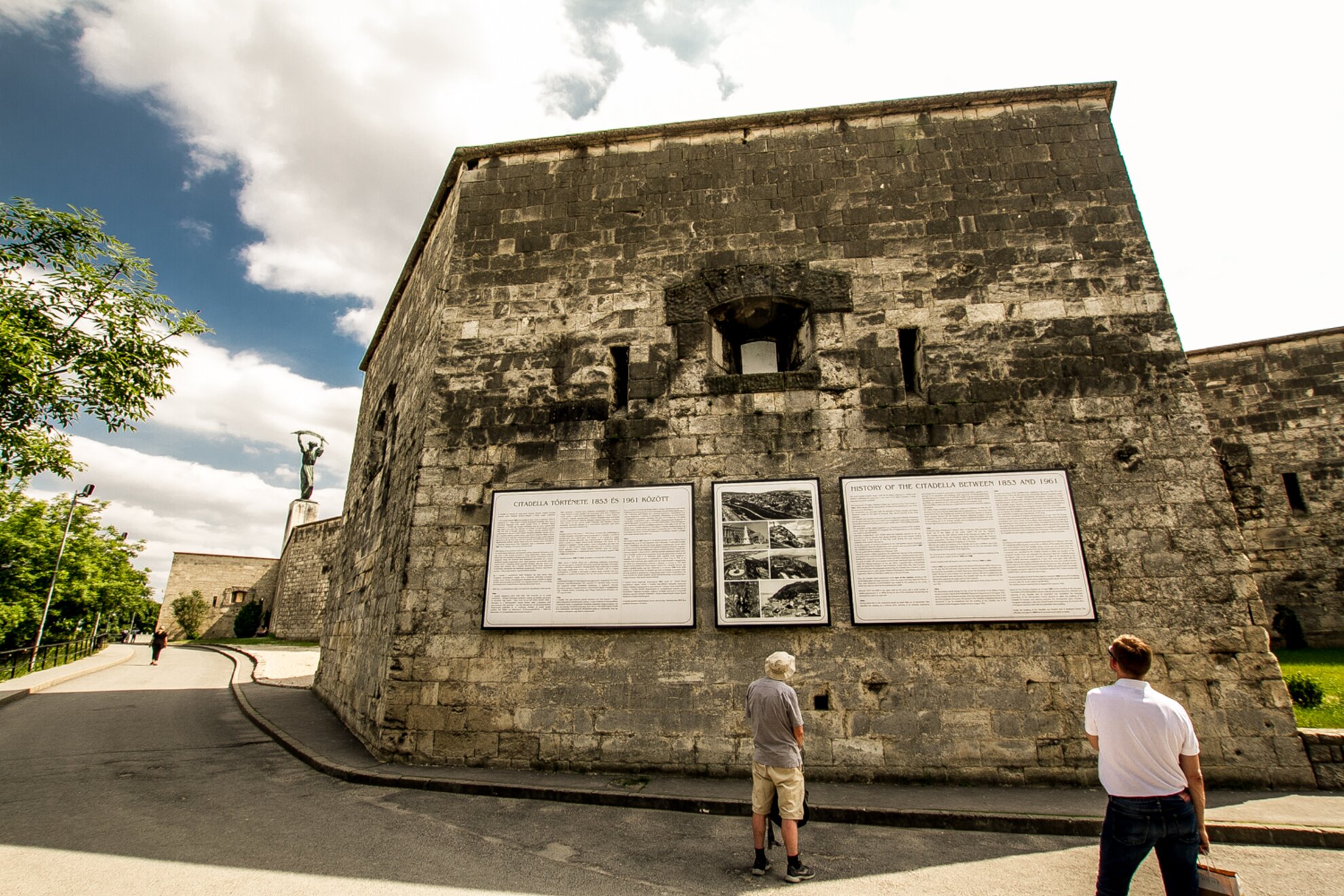
Architect István Medgyaszay drew up plans for a pantheon on the hill during his time spent in Vienna, studying from the grand master of the Art Nouveau movement, Otto Wagner, in 1903. Nearly a century later, celebrated Hungarian architect Imre Makovecz continued this line of thought with his own plans.
Horthy’s hilltop spa
In the Horthy era of the 1930s, Citadella was part of an urban strategy to develop Budapest as a spa city, but like so many others, this plan also remained a fantasy.

The last significant military action here occurred during World War II, when an air defence centre was established. The bunker’s cemented remains can be found in the inner courtyard today. Gellért Hill fell into the hands of the Soviets on 10 February 1945, towards the end of the Siege of Budapest, and functioned as barracks until 1957. There was even a four-level nuclear bunker installed. The wonderful panoramic row of windows in the former nightclub facing north were fashioned from bullet holes during the war. Disco lights would beam out over the city.

From the 1960s under the Communist Kádár regime, a number of significant, and for a while seemingly successful, changes were implemented. The gates of the citadel were opened to the public on 1 May 1961, with various restaurants, lodgings, Hungarian-style wine bars and lookouts enticing visitors. The bus line 27 was also established at this time, connecting the site with hubs in Buda.
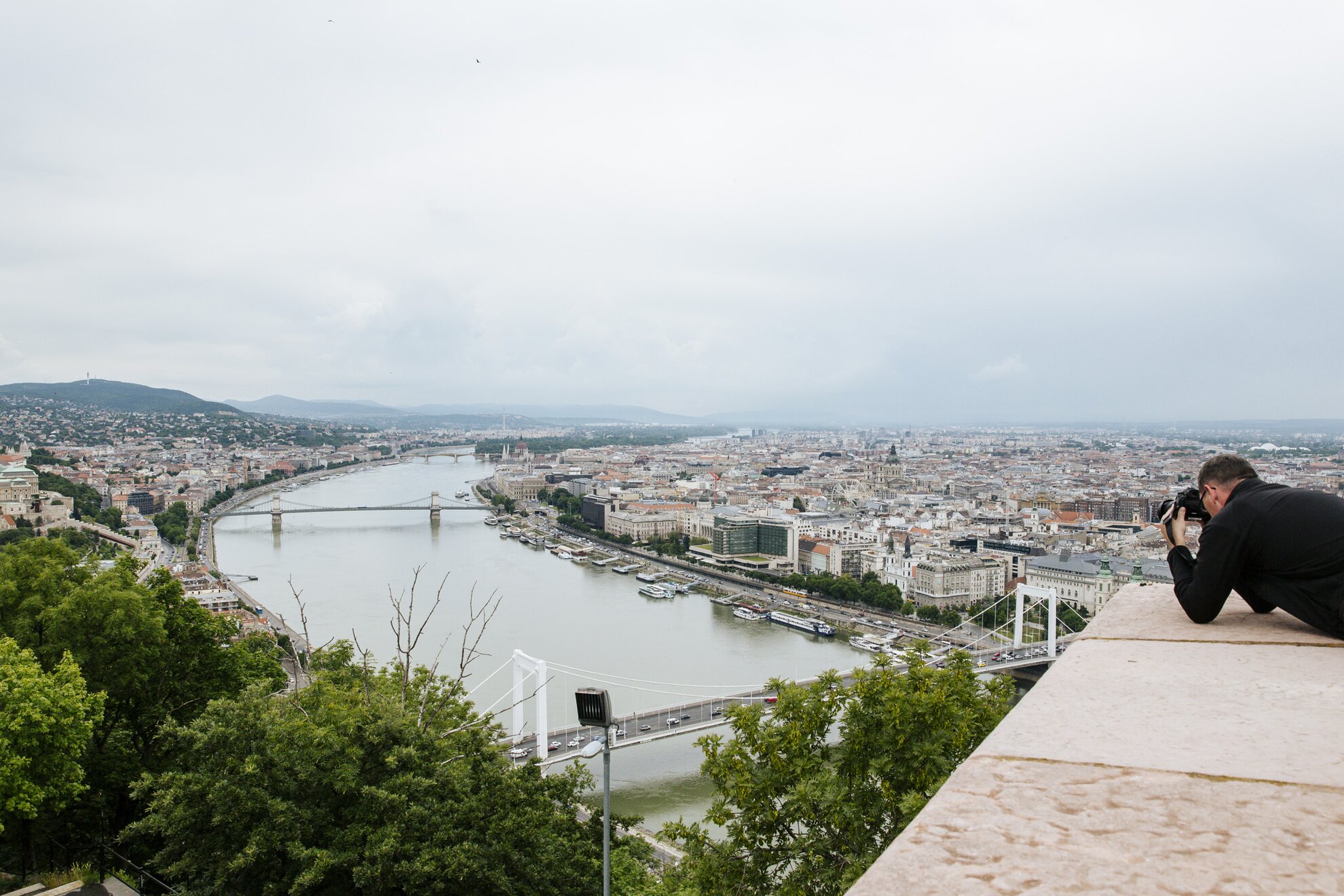
The building of the Citadella has been featured in the list of Budapest monuments since 1951, and has been a UNESCO World Heritage Site along with the Statue of Lady Liberty since 1987. The early 2000s were marked by lawsuits and scandals between the Office of Cultural Heritage Protection (KÖH) and the operator of the site at the time. This resulted in the fort being emptied out by special forces in 2014, and handed back to the former management.
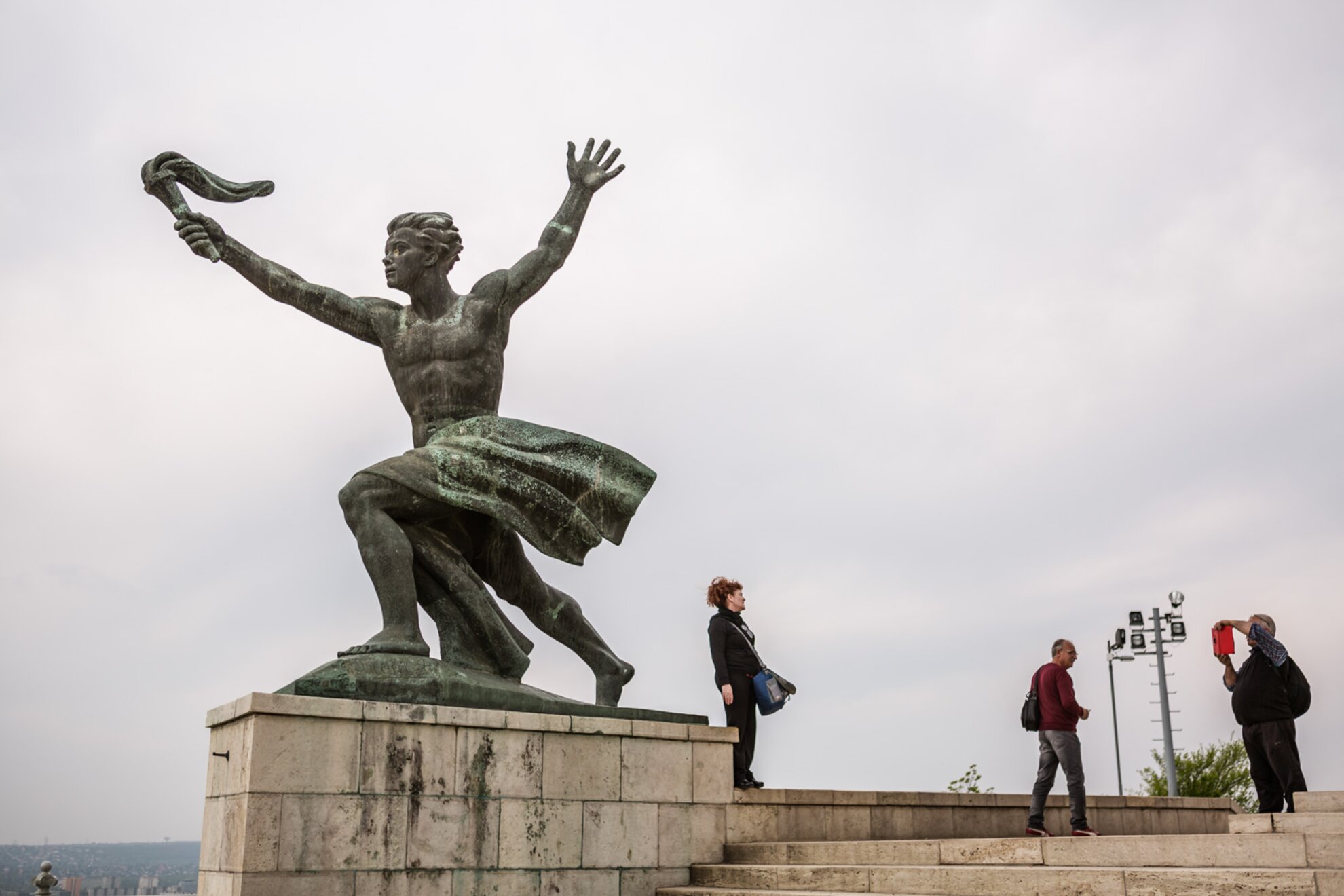
Within the framework of an open tender announced in 2016, anyone could submit their ideas about the future of the citadel. Led by government commissioner Gergely Fodor, the current renovation, the first phase of which is set to last until 2022, will refurbish the fortress building itself, as well as its surroundings. The renovation begins with the walls and inner courtyard, once a survey and an assessment of local archaeological works have been completed. A museum commemorating Hungary’s struggles for freedom is also planned to open, by 2023.
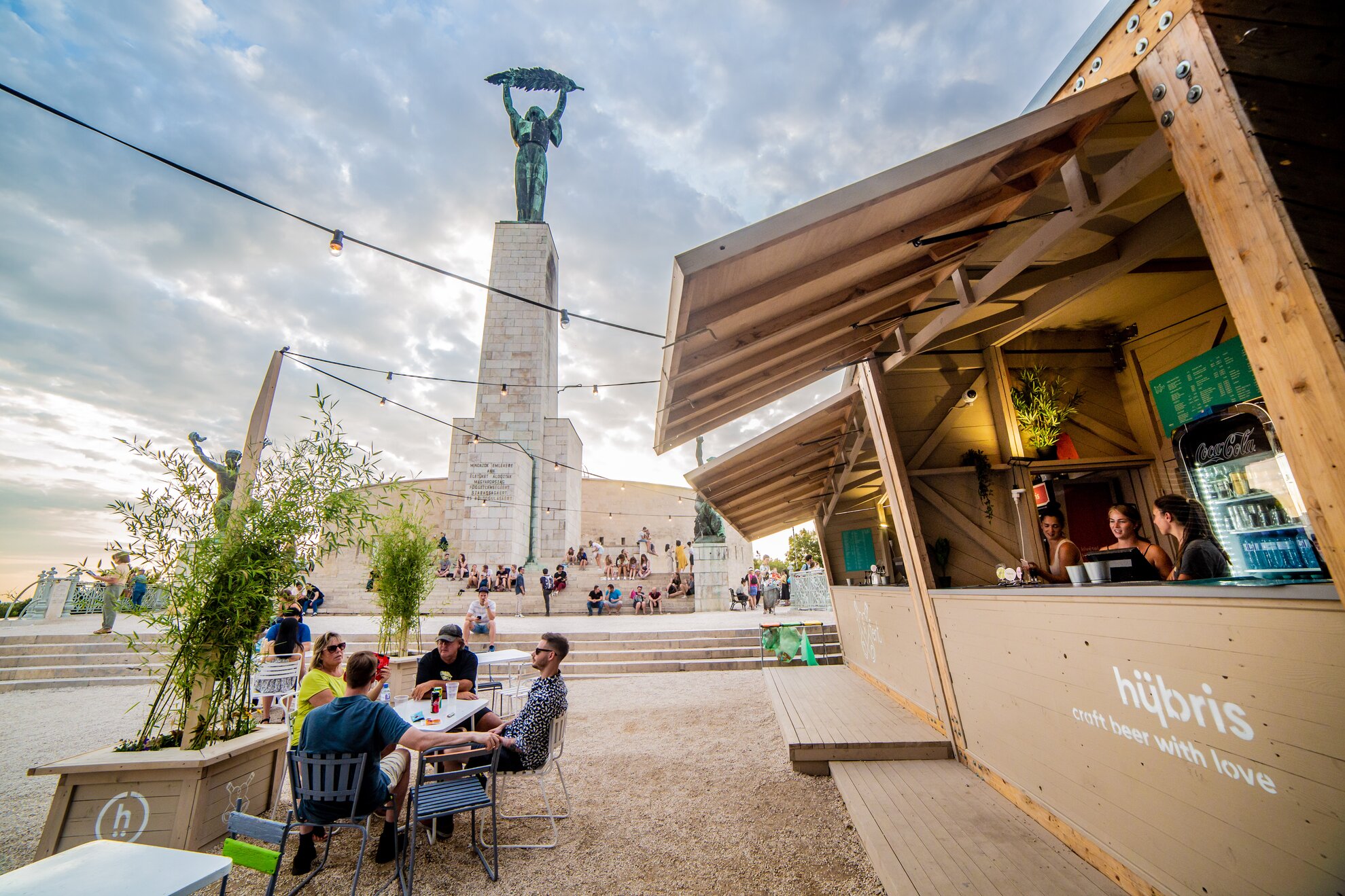
The fate of the Statue of Lady Liberty is also under review – though relocating it is not an option, experts will examine whether renovation is necessary.
